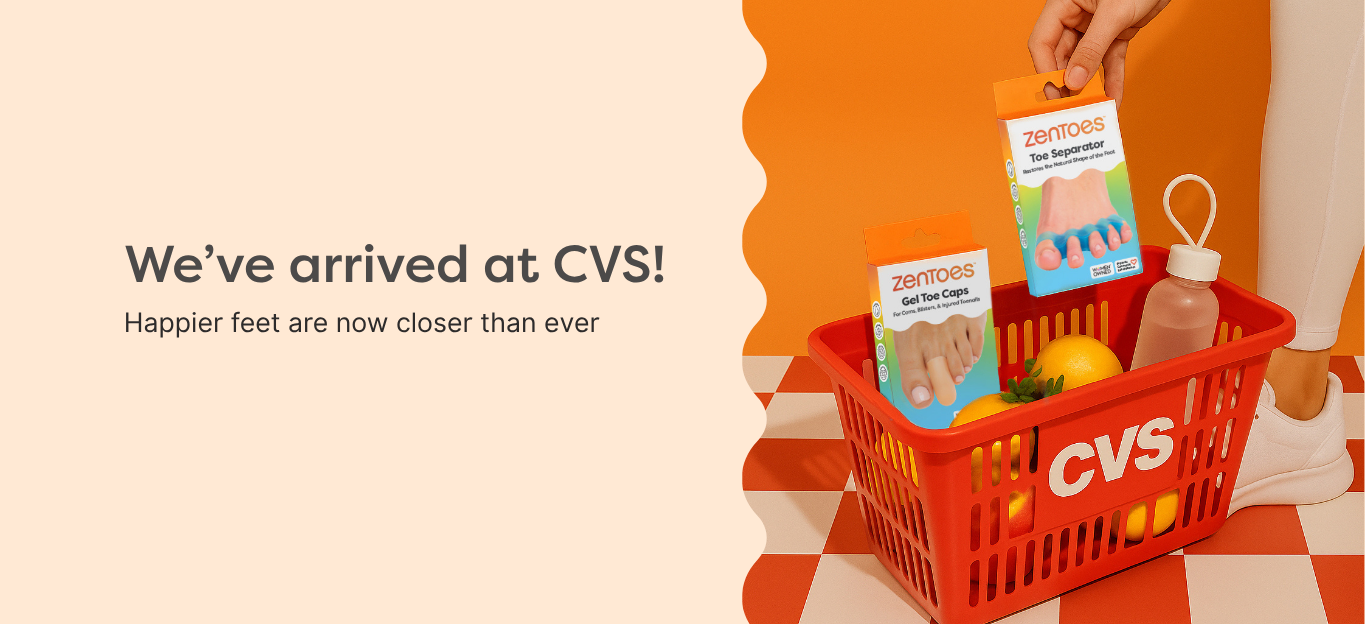Bunion surgery (also called bunionectomy) is used to treat bunions that are painful to the point of impacting daily life. These outpatient procedures are typically performed by a podiatrist or orthopedic surgeon and can involve either general or local anesthesia.
Depending on the severity of your bunion, surgical procedures can involve removing the bunion, realigning your big toe joint, and/or replacing the joint using a metal plate and screws.
If you’re interested in bunion surgery, it’s important to realize that like other surgical procedures, a bunionectomy can be an expensive and stressful ordeal that involves down time. Read on to learn how much bunion surgeries can cost, what to expect during recovery, and alternative treatments that cost considerably less.
Bunion surgery cost
According to Amino, the first healthcare transparency company to receive national, physician-level claims data as part of the Centers for Medicare & Medicaid Services (CMS) Qualified Entity Program, the median network rate (what you and your health insurance company together might pay) for bunion surgery in the United States is $5,560.

This median price estimate sits in the middle of a broad range of actual network rates from $3,521 to $12,082 across the nation.
What are the cost factors of bunion surgery?
-
Your location can affect the cost of surgery as it determines which hospitals and physicians you have to choose from. Those who live in larger cities often have more options available to them then those living in rural areas.
-
The network rate is the price negotiated between your health insurer and doctor or hospital offering the procedure, and is another important factor in determining cost for bunion surgery.
-
Your health insurance plan has an impact on cost in a few different ways, such as whether your surgeon is in or out-of-network, your coinsurance and copayments, and the amount left on your deductible.
-
The details of the bunion surgery procedure itself affects costs as well. Among other variables, these include the type of anesthesia used and whether your anesthesiologist is in or out-of-network.
- Your health also plays a role in how much you can expect to pay for bunion surgery. Preexisting health problems can mean additional expenses depending on your particular health insurance plan.
Bunion surgery recovery
Recovering from bunion surgery takes time. You may be required to keep a dressing or brace over the area for six to eight weeks and may be unable to drive for about one week. At home, you’ll need to rest, limit walking, and keep the foot elevated to reduce swelling and discomfort which can persist for several weeks.
Stitches are usually removed during a follow-up visit about two weeks after surgery. Until then, you’ll need to keep the dressing clean and dry. That means covering your foot with a plastic bag or plastic wrap when showering or bathing.
Exercise or physical therapy may be recommended to help you recover strength and range of motion in the foot. High heels and other restrictive shoes should be avoided entirely for at least six months after the procedure.

Your podiatrist may give you additional or alternate instructions for recovery, depending on your particular situation.
5 cost-friendly alternatives to bunion surgery
Most people with bunions don’t undergo surgical treatment and instead, prevent progression and reduce pain and swelling through non-surgical treatments. We’ve highlighted five of the most effective non surgical bunion treatments below, including inexpensive toe separators you can buy right here on ZenToes.com.
Note: consult your doctor before making changes to the way you treat and live with bunions.
1. Wider-fitting shoes
In some cases, bunion pain can be managed simply by switching to wider-fitting shoes that don’t compress the toes.
Wear shoes that fit the shape of your foot and offer wide, deep toe boxes, as well as flat heels, flexible soles, and good arch support.

2. Shoe inserts or custom orthotics
Shoe inserts may help control the functions of the foot and reduce the symptoms of bunions while preventing the deformity from getting worse.
If your feet flatten excessively, your podiatrist may recommend orthotics to reduce your symptoms and prevent bunions from growing.
3. Icing & medication
Applying ice several times a day for can help reduce swelling. Non-steroidal anti-inflammatory drugs like ibuprofen and naproxen can help ease pain and reduce inflammation.
4. Bunion protectors (toe shields)
Bunion protectors can insulate your bunion and help avoid inflammation, reducing irritation from wearing shoes during the day.
5. Toe separators
Toe separators are silicone rings or spacers that either fit over your toe, or sit in the gap between them to prevent the big toe from drifting inward. They gently realign your toe joint while you are wearing them. This realignment can prevent bunions from getting worse while providing relief and comfort during the day.
Unlike pads that only prevent irritation on your bunion, toe separators work to re-align your big toe and correct the position of your whole foot, relieving the painful, damaging effects of poor alignment while you wear them.
Toe separators also help prevent toe drift while stretching the tissues around the big toe joint to further reduce strain.



